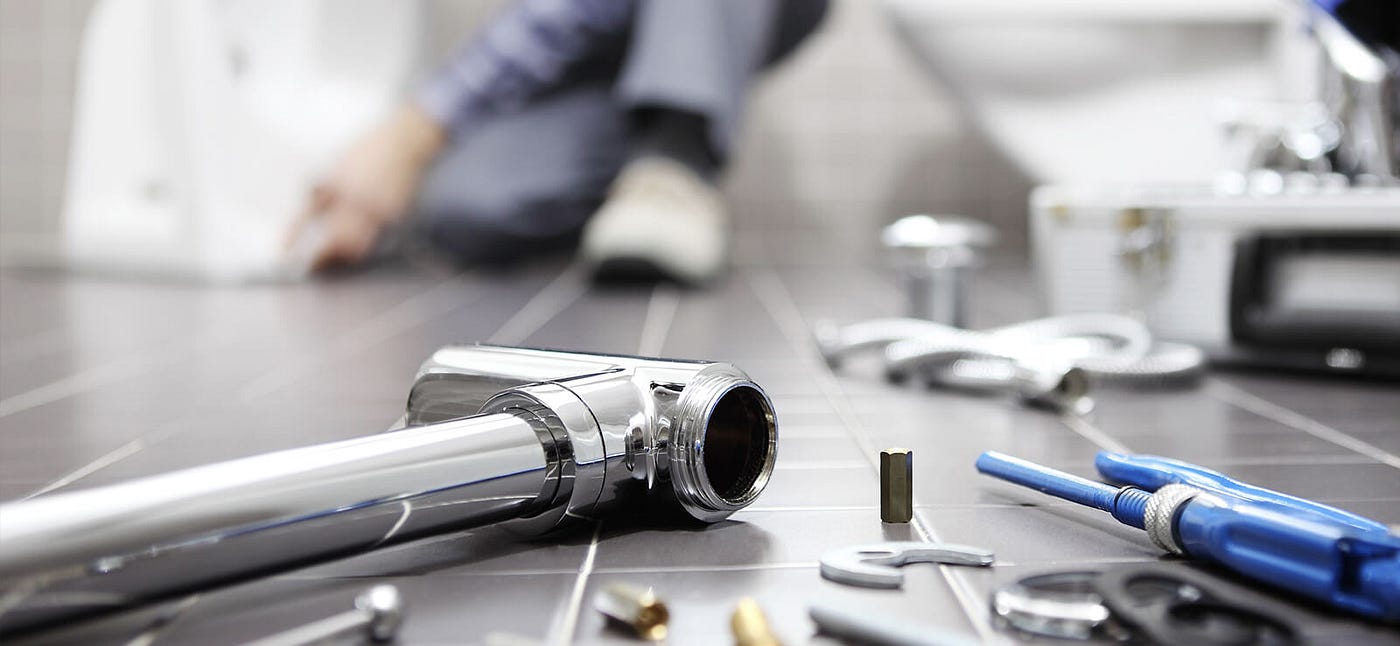

Articles
How To Learn Plumbing
Modified: January 6, 2024
Looking for informative articles on how to learn plumbing? Explore our comprehensive collection of articles covering all aspects of plumbing to enhance your skills.
(Many of the links in this article redirect to a specific reviewed product. Your purchase of these products through affiliate links helps to generate commission for Storables.com, at no extra cost. Learn more)
Introduction
Welcome to the world of plumbing! If you’ve ever found yourself marveling at the intricacies of a well-installed plumbing system or wishing you could fix a leaky faucet with ease, then learning plumbing might be the perfect venture for you.
Plumbing is an essential trade that plays a crucial role in our everyday lives. From supplying clean water to safely disposing of waste, plumbing systems keep our homes, businesses, and communities functioning smoothly. However, plumbing can be a complex field that requires specialized knowledge and skills.
In this article, we will guide you through the process of learning plumbing from the ground up. Whether you’re a complete beginner looking to acquire basic plumbing skills or an experienced DIY enthusiast seeking to expand your knowledge, this comprehensive guide will equip you with the information and resources you need.
Before we dive into the technical aspects of plumbing, it’s important to understand that learning plumbing requires hands-on experience, as well as the ability to troubleshoot and think critically. While reading up on the subject is a great starting point, practicing your skills and getting real-world experience will be key to becoming a proficient plumber.
So, grab your toolbox and let’s get started on this piping adventure! In the following sections, we will cover the essential tools and equipment you’ll need for plumbing, explore the different types of plumbing systems, learn about common plumbing issues and repairs, and delve into both basic and advanced plumbing techniques.
Additionally, we’ll provide you with tips for learning plumbing efficiently, troubleshooting plumbing problems, and following safety measures to ensure that you’re well-prepared for any plumbing task you may encounter.
By the end of this article, you’ll have a solid foundation in plumbing, enabling you to tackle basic repairs and installations with confidence. So, let’s roll up our sleeves and embark on this journey into the world of plumbing!
Key Takeaways:
- Plumbing is a vital trade that requires hands-on experience, specialized knowledge, and quality tools. By mastering basic and advanced techniques, you can confidently tackle common plumbing issues and projects while prioritizing safety.
- Learning plumbing is a continuous journey that involves persistence, curiosity, and dedication to honing your skills. Utilize online resources, seek hands-on experience, and prioritize safety to become a proficient problem-solver in the dynamic world of plumbing.
Read more: Where To Learn Plumbing
Tools and Equipment Needed for Plumbing
When it comes to plumbing, having the right tools and equipment is essential for any plumbing project. Whether you’re fixing a leaky pipe, installing a new fixture, or carrying out routine maintenance, having a well-stocked toolkit will ensure that you’re prepared for any task that comes your way.
Here are the essential tools and equipment needed for plumbing:
- Plunger: A plunger is a basic but crucial tool for unclogging drains. It creates suction pressure to dislodge blockages.
- Pipe Wrench: A pipe wrench is used to tighten or loosen pipes and fittings. It has adjustable jaws that can grip pipes securely.
- Adjustable Wrench: An adjustable wrench is versatile and can be used for various plumbing tasks. It is used to tighten or loosen nuts and bolts.
- Basin Wrench: A basin wrench is specifically designed for tightening and loosening nuts under sinks. Its long handle and swivel head make it easier to reach tight spaces.
- Pipe Cutter: A pipe cutter is used to cut pipes cleanly and accurately. It can be adjusted to cut different pipe sizes.
- Plumber’s Tape: Plumber’s tape, also known as Teflon tape, is used to create a tight seal between pipe threads. It helps prevent leaks.
- Plumber’s Putty: Plumber’s putty is a moldable compound used to create watertight seals around faucets, drains, and other fixtures.
- Plumbing Snake: A plumbing snake, also called a drain auger, is used to remove clogs from pipes. It has a long, flexible cable that can reach deep into pipes.
- Torch: A torch, or soldering iron, is used for soldering copper pipes. It generates heat to melt solder and create a strong joint.
- Plumbing Tape Measure: A tape measure is essential for measuring pipe lengths and ensuring accurate cuts and installations.
In addition to these tools, it’s important to have safety equipment such as safety goggles, gloves, and knee pads. These will protect you from potential hazards and make your work more comfortable and safe.
Remember, investing in quality tools and equipment is worth it in the long run. They will last longer and perform better, making your plumbing tasks easier and more efficient.
Now that you know the essential tools and equipment needed for plumbing, let’s move on to understanding different plumbing systems and how they work.
Understanding Plumbing Systems
Before getting your hands dirty with plumbing repairs, it’s important to have a solid understanding of how plumbing systems work. Plumbing systems consist of a network of pipes, valves, fixtures, and fittings that work together to supply clean water and remove waste from a building.
Here are the key components of a plumbing system:
- Water Supply System: The water supply system brings clean water into the building. It is connected to a water source, such as a well or a municipal water supply. The main water line brings the water into the building, and it is then distributed to various fixtures and appliances through a network of pipes.
- Drainage System: The drainage system removes waste and wastewater from the building. It includes pipes, fittings, and vents that carry waste to the main sewer line or septic tank.
- Fixtures: Fixtures are devices that receive or discharge water. Examples include sinks, toilets, showers, bathtubs, and faucets.
- Pipes: Pipes are the primary components of a plumbing system. They come in various materials, such as copper, PVC, and PEX, and are used to transport water, gas, and waste throughout the building.
- Fittings: Fittings are used to connect pipes and create junctions in the plumbing system. Common types of fittings include elbows, tees, couplings, and valves.
- Valves: Valves control the flow of water in a plumbing system. They can be used to shut off the water supply to a specific fixture or area of the building, allowing for repairs or maintenance.
- Vents: Vents are pipes that allow air to enter the plumbing system. They prevent the formation of a vacuum and ensure proper drainage by equalizing pressure.
Understanding how these components work together is crucial for troubleshooting plumbing issues and carrying out repairs. It’s also important to be familiar with local plumbing codes and regulations to ensure compliance and safety in your plumbing installations.
Now that you have a basic understanding of plumbing systems, let’s explore some common plumbing issues and repairs that you may encounter in your plumbing journey.
Common Plumbing Issues and Repairs
Plumbing issues can occur in any home, and knowing how to identify and fix them can save you time, money, and frustration. Here are some of the most common plumbing issues and repairs:
- Dripping Faucets: A dripping faucet is not only annoying but can also waste a significant amount of water. The most common cause is a worn-out washer or O-ring, which can be easily replaced.
- Clogged Drains: Clogged drains can occur in sinks, showers, and tubs, and are usually caused by a buildup of hair, soap residue, or food particles. Use a plunger or a plumbing snake to remove the clog. For stubborn clogs, you may need to use chemical drain cleaners or seek professional help.
- Running Toilets: A running toilet can waste a large amount of water and increase your water bill. It is typically caused by a faulty flapper or a problem with the fill valve. Adjusting or replacing these parts can fix the issue.
- Leaking Pipes: Leaking pipes can lead to water damage and should be addressed promptly. Depending on the severity of the leak, you may be able to fix it with a pipe clamp or epoxy putty. However, significant leaks may require professional assistance.
- Low Water Pressure: Low water pressure can be caused by a clogged aerator, a malfunctioning pressure regulator, or issues with the main water line. Cleaning the aerator or adjusting the pressure regulator can often solve the problem. If not, consult a plumber.
- Water Heater Issues: Common water heater issues include insufficient hot water, strange noises, or a leaking tank. The causes can range from a faulty heating element to sediment buildup. Consult the water heater manufacturer’s instructions or seek professional help for repairs.
- Frozen Pipes: During cold weather, pipes can freeze, leading to bursting and water damage. To prevent frozen pipes, insulate them properly and keep the indoor temperature above freezing. If you suspect frozen pipes, turn off the water supply and use a heat source to thaw them slowly.
These are just a few examples of common plumbing issues that homeowners may encounter. While some repairs can be easily handled as DIY projects, it’s important to recognize when professional assistance is necessary to ensure proper repairs and avoid further damage.
In the next sections, we’ll explore basic and advanced plumbing techniques, as well as tips for learning plumbing efficiently. Having these skills will empower you to tackle a wider range of plumbing issues and projects.
Basic Plumbing Techniques
Mastering basic plumbing techniques is essential for any aspiring plumber or DIY enthusiast. These techniques will empower you to handle common plumbing repairs and installations with confidence. Here are some fundamental plumbing techniques to get you started:
- Pipe Cutting and Fitting: Properly cutting and fitting pipes is crucial for leak-free plumbing connections. Use a pipe cutter to make clean, straight cuts, and deburr the edges with a file or sandpaper. Use the appropriate fittings for the type of pipes you are using, and ensure they are securely tightened.
- Soldering Copper Pipes: Soldering is a technique used to create strong, watertight joints in copper pipes. Clean the pipe ends and fittings thoroughly, apply flux to the surfaces, heat the joint using a torch, and apply solder to form the joint.
- Sealing Pipe Threads: When connecting pipes with threaded fittings, it’s important to seal the threads to prevent leaks. Apply plumber’s tape or pipe dope to the male pipe threads, wrapping it tightly in the opposite direction of the threads before connecting the fittings.
- Faucet and Fixture Installation: Installing faucets, showers, and other fixtures requires basic plumbing knowledge. Follow the manufacturer’s instructions, ensuring a secure connection to the water supply. Use plumber’s putty or a rubber gasket to create a watertight seal.
- Toilet Repair and Installation: Toilet repairs may involve fixing issues such as leaks, clogs, or a malfunctioning flush mechanism. Understanding the various components inside a toilet tank and how they work will allow you to diagnose and fix common toilet problems. When installing a new toilet, make sure it is properly sealed to the flange and securely mounted.
- Drain Cleaning: Unclogging drains is a common plumbing task. A plunger or plumbing snake can often clear minor clogs. For more stubborn clogs, chemical drain cleaners or other drainage tools may be necessary.
- Basic Leak Detection: Knowing how to detect and fix leaks is essential for preventing water damage. Look for signs such as water stains, dripping sounds, or increased water bills. Use a moisture meter or visual inspection to identify the source of the leak and repair it accordingly.
These basic plumbing techniques will serve as a strong foundation for your plumbing knowledge. Remember to always prioritize safety and consult professional plumbers or experts when in doubt or dealing with complex plumbing systems.
In the next section, we’ll explore more advanced plumbing techniques that will expand your skill set and enable you to tackle more complex plumbing projects.
When learning plumbing, start by familiarizing yourself with the basic tools and their uses. Understanding the purpose of each tool will help you tackle plumbing tasks with confidence.
Read more: How To Learn Construction
Advanced Plumbing Techniques
Once you have a good grasp of basic plumbing techniques, you may want to expand your skill set and tackle more advanced plumbing projects. These advanced techniques will allow you to handle complex plumbing systems and take on more challenging repairs. Here are some advanced plumbing techniques to consider:
- Sump Pump Installation: Sump pumps are used to prevent flooding in basements or crawl spaces. Installing a sump pump involves digging a sump pit, connecting the pump, and ensuring proper drainage and electrical connections.
- Water Softener Installation: Water softeners are used to remove mineral deposits from hard water. Installing a water softener involves connecting it to the main water supply, adjusting plumbing connections, and configuring the control settings.
- Backflow Prevention: Backflow prevention devices are essential for preventing contaminated water from flowing back into the main water supply. Understanding the different types of backflow prevention devices and their installation requirements is crucial for maintaining water safety.
- Hydronic Heating Systems: Hydronic heating systems use water to transfer heat throughout a building. Understanding how to install and maintain boilers, radiators, and circulating pumps is key to working with this type of heating system.
- Septic System Repairs: If your property relies on a septic system, knowing how to diagnose and repair issues with septic tanks, drain fields, and filtration systems is crucial. Understanding local regulations and getting professional assistance when dealing with septic systems is highly recommended.
- Gas Line Installation: Installing gas lines requires specialized knowledge and skills. Always consult professionals and follow local codes and regulations to ensure safety for gas-powered appliances and equipment.
Keep in mind that advanced plumbing techniques often involve working with specialized equipment and may require specific certifications or licenses depending on where you reside. When working on advanced projects, it’s important to prioritize safety and, if necessary, seek professional assistance to ensure proper execution.
By expanding your skill set with advanced plumbing techniques, you’ll be capable of handling complex plumbing projects and providing solutions for more challenging problems. However, always remember to be cautious, follow safety guidelines, and consult professionals when needed.
In the next section of our guide, we’ll provide you with tips on how to learn plumbing efficiently and make the most of your plumbing education.
Tips for Learning Plumbing Efficiently
Learning plumbing can be an exciting and rewarding endeavor, but it’s important to approach it in a structured and efficient manner. Here are some tips to help you make the most of your plumbing education:
- Start with the Basics: Begin by familiarizing yourself with the fundamental concepts and terminology of plumbing. Understand how water supply systems, drainage systems, and fixtures work together.
- Utilize Online Resources: Take advantage of the abundance of online resources available for learning plumbing. Watch video tutorials, read articles, and participate in online forums to gather knowledge and insights from experienced plumbers.
- Get Hands-On Experience: Theory is important, but practicing your skills on real plumbing projects is essential. Look for opportunities to gain hands-on experience, whether it’s through volunteering, apprenticing, or taking on small plumbing projects in your own home.
- Learn from Professionals: Seek guidance from experienced plumbers. Consider connecting with local professionals, joining trade organizations, or attending workshops and seminars to learn from those with practical knowledge and expertise.
- Invest in Quality Tools: Quality tools will make your plumbing tasks easier and more efficient. Invest in reliable tools and equipment that will last and provide accurate results.
- Take Safety Precautions: Plumbing work involves potential hazards, so prioritize your safety. Wear protective gear, follow safety guidelines, and know how to handle emergencies. Educate yourself on local regulations and codes to ensure compliance.
- Network with Others: Build a network within the plumbing community. Connect with other plumbing enthusiasts or professionals through local trade organizations, online forums, or workshops. Building relationships can provide valuable support, advice, and future job opportunities.
- Stay Updated: Plumbing techniques and technologies evolve over time. Stay up to date with new advancements, industry trends, and changes in plumbing codes. Continuing education and staying informed will keep your skills relevant and ensure your work meets current standards.
- Persist and Learn from Mistakes: Plumbing can be challenging, and mistakes are bound to happen. Don’t get discouraged when things don’t go as planned. Learn from your mistakes, seek solutions, and persist in honing your skills.
Remember, learning plumbing is a continuous process. Stay curious, remain dedicated to honing your skills, and embrace the learning opportunities that come your way. Building a strong foundation of knowledge and experience will empower you to handle a wide range of plumbing projects confidently.
In the next section, we’ll provide tips and techniques for troubleshooting common plumbing problems, allowing you to become a reliable problem-solver in the world of plumbing.
Troubleshooting Plumbing Problems
As a plumber, one of the most valuable skills you can possess is the ability to troubleshoot and diagnose plumbing problems. Troubleshooting is a systematic approach to identifying the root cause of an issue and finding the appropriate solution. Here are some tips and techniques to help you become a reliable problem-solver in the world of plumbing:
- Listen and Observe: When faced with a plumbing problem, listen to the homeowner or the building occupants to gather information about the issue. Observe any visible signs of the problem, such as water stains, leaks, or unusual sounds.
- Ask Questions: Ask relevant questions to gather additional information about the issue. Understanding the history of the problem and any recent changes can provide valuable clues for troubleshooting.
- Use Logic and Deductive Reasoning: Think logically and systematically analyze the problem. Consider possible causes based on your plumbing knowledge and eliminate them one by one until you find the root cause.
- Consult with Others: Don’t hesitate to seek advice or guidance from experienced plumbers or fellow professionals. They may have encountered similar issues and can offer valuable insights or alternative solutions.
- Refer to Plumbing Codes and Manuals: Consult plumbing codes and reference manuals to ensure your troubleshooting process aligns with industry standards and regulations. These resources can provide important guidelines and specifications for various plumbing systems and issues.
- Use Diagnostic Tools: Take advantage of diagnostic tools such as pressure gauges, leak detectors, drain inspection cameras, or moisture meters to pinpoint the source of the problem accurately.
- Consider Common Culprits: Familiarize yourself with common plumbing problems and their usual causes. This can help you narrow down potential issues and save time in your troubleshooting process.
- Prioritize Safety: Safety should always be a top priority. Ensure that you follow proper safety procedures and use appropriate personal protective equipment when troubleshooting plumbing problems.
- Document and Learn: Keep a record of the plumbing problems you encounter and their respective solutions. This documentation will serve as a valuable resource for future reference and continuous learning.
- Be Persistent and Flexible: Plumbing problems can be complex and require perseverance. Don’t give up easily and be willing to adapt your troubleshooting approach if initial solutions don’t yield the desired results.
Remember, troubleshooting plumbing problems is a skill that develops over time with experience. The more you practice and encounter different scenarios, the better you’ll become at identifying and resolving plumbing issues efficiently.
In the final section of our guide, we’ll discuss the importance of safety measures in plumbing and provide guidelines to help you stay protected while working on plumbing projects.
Safety Measures in Plumbing
When working on plumbing projects, it’s essential to prioritize safety to protect yourself, others, and the property you’re working on. Plumbing work can involve various hazards, including exposure to harmful substances, potential for injury, and risks associated with working in confined spaces. Here are some key safety measures to follow when engaging in plumbing tasks:
- Wear Protective Gear: Always wear appropriate personal protective equipment (PPE) to reduce the risk of injury. This may include safety goggles, gloves, sturdy footwear, and protective clothing.
- Maintain Good Ventilation: Ensure proper ventilation when working in enclosed spaces or using chemicals to prevent the buildup of hazardous fumes or gases. Open windows or use fans to improve air circulation.
- Handle Chemicals Safely: Some plumbing tasks may require the use of chemicals. Follow manufacturer instructions carefully and use chemical products in a well-ventilated area. Avoid direct skin contact and wear gloves and eye protection when handling chemicals.
- Use Proper Lifting Techniques: Avoid straining your muscles by using proper lifting techniques when handling heavy pipes or equipment. Bend your knees, keep your back straight, and use your leg muscles to lift.
- Turn Off Water and Power: Before starting any plumbing work, always shut off the water supply and turn off the power to the area you’ll be working on to prevent accidents and injuries due to sudden discharge or electrical hazards.
- Use Tools Correctly: Familiarize yourself with the proper use of plumbing tools and equipment. Use them only for their intended purposes and avoid risky improvisations that can result in accidents or damage.
- Exercise Caution with Hot Water and Steam: Hot water and steam can cause severe burns. Be cautious when working with hot water systems, and use appropriate safety measures like thermal gloves and protective clothing to prevent scalding.
- Secure Work Areas: Ensure that your work area is clean and free of clutter to prevent tripping hazards. Use proper barricades or warning signs when necessary to mark off hazardous areas.
- Adhere to Local Codes and Regulations: Comply with local plumbing codes and regulations to ensure safe and legal plumbing installations. Understanding and following these standards will help prevent potential hazards and ensure the longevity of your plumbing systems.
- Know When to Seek Professional Help: Plumbing projects beyond your skill level or projects involving gas lines or complex systems require the expertise of professional plumbers. Don’t hesitate to call in professionals for tasks that could potentially pose a safety risk.
Remember, safety should never be compromised in any plumbing work. Take the necessary precautions, educate yourself about potential hazards, and seek professional guidance when needed. By prioritizing safety, you can carry out plumbing projects in a secure and efficient manner.
Congratulations! You now have a comprehensive understanding of plumbing fundamentals, tools and equipment, common issues and repairs, techniques, troubleshooting, and safety measures. Armed with this knowledge, you can confidently tackle plumbing projects and address plumbing needs in a safe and efficient manner. Keep learning, stay curious, and continue to expand your skills in the dynamic world of plumbing.
Read more: How To Learn CAD
Conclusion
Congratulations on completing this comprehensive guide on learning plumbing! You have gained valuable knowledge about plumbing systems, tools, techniques, troubleshooting, and safety measures. By following the tips and information provided in this guide, you are well-equipped to tackle common plumbing issues and engage in plumbing projects with confidence.
Plumbing is a vital trade that plays a crucial role in our everyday lives. With the skills you have acquired, you can not only save time and money by handling basic repairs and installations yourself but also potentially pursue a rewarding career in the plumbing industry.
Remember, learning plumbing is a continuous journey. As with any skill, practice is key to becoming proficient. Seek opportunities to gain hands-on experience, stay updated with industry advancements, and never stop expanding your knowledge base.
Always prioritize safety when working on plumbing projects. Use the proper protective equipment, follow safety guidelines, and know your limits. If a project seems beyond your capabilities, don’t hesitate to seek professional assistance.
Whether you are a DIY enthusiast looking to enhance your home maintenance skills or someone considering a career in plumbing, the knowledge and skills you have gained from this guide will serve you well.
Remember, being a plumber requires dedication, critical thinking, problem-solving, and continuous learning. Embrace the challenges and opportunities that plumbing offers, and enjoy the satisfaction that comes with being able to provide solutions to plumbing problems.
Now, it’s time to roll up your sleeves, grab your tools, and put your newfound plumbing knowledge to work. Good luck on your plumbing journey!
Frequently Asked Questions about How To Learn Plumbing
Was this page helpful?
At Storables.com, we guarantee accurate and reliable information. Our content, validated by Expert Board Contributors, is crafted following stringent Editorial Policies. We're committed to providing you with well-researched, expert-backed insights for all your informational needs.
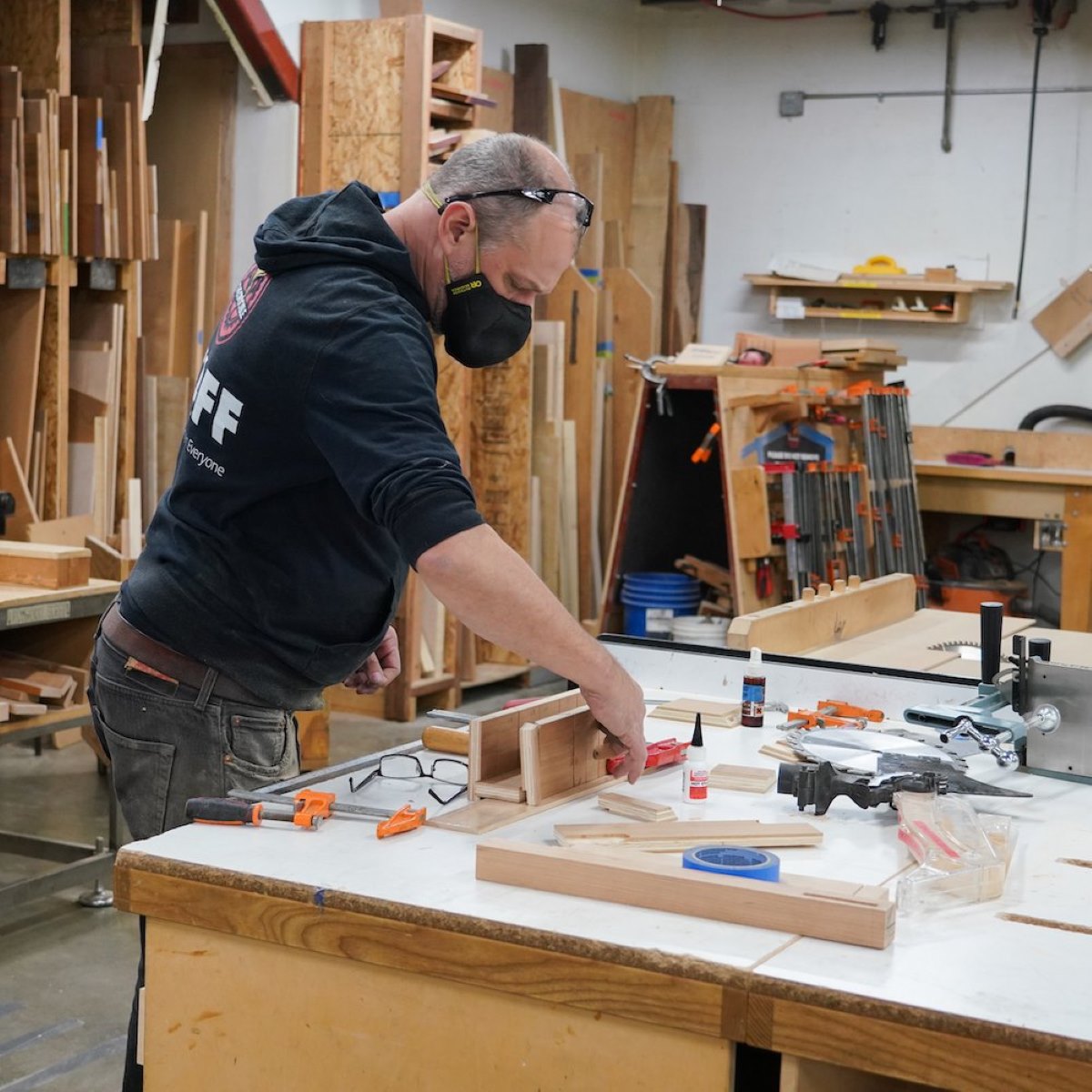
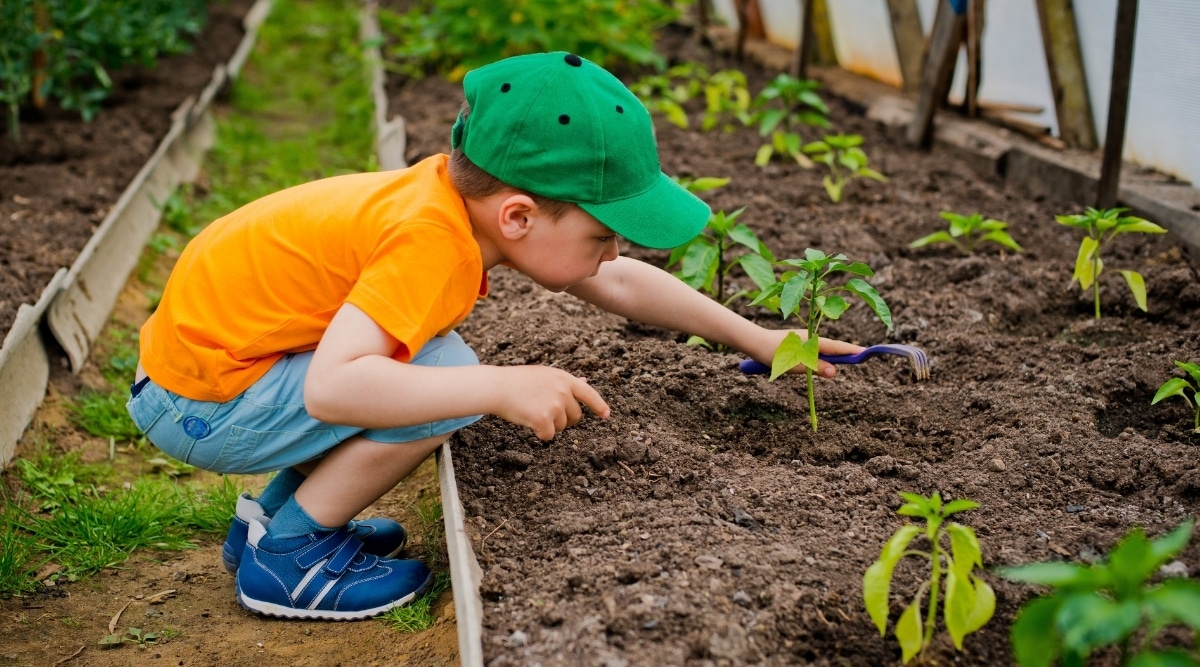

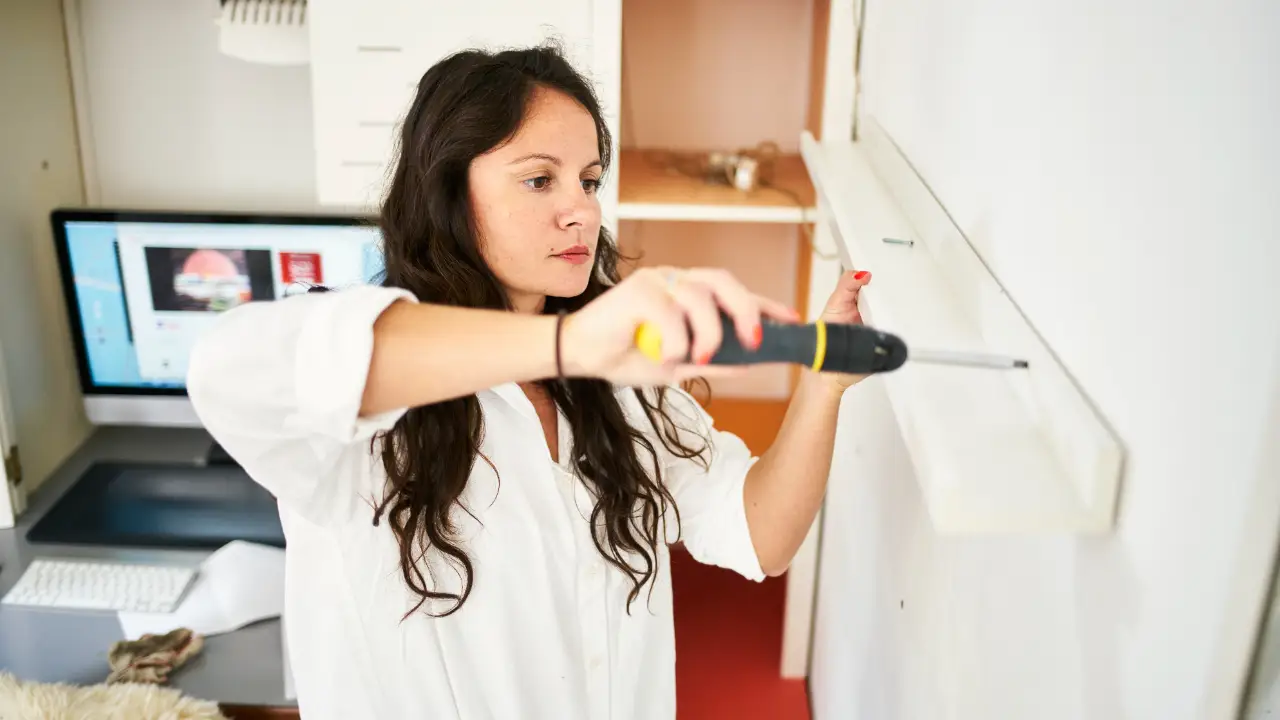
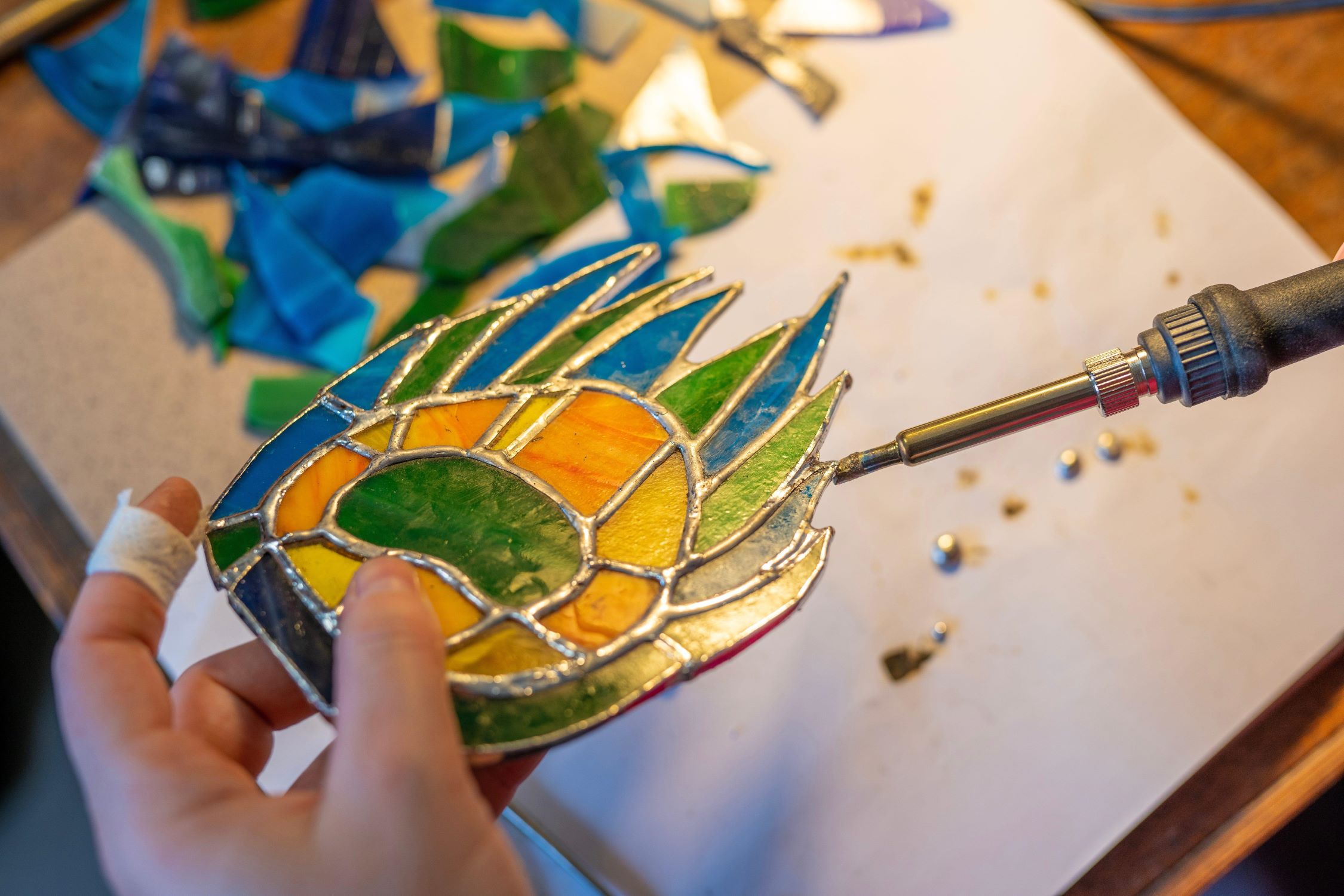
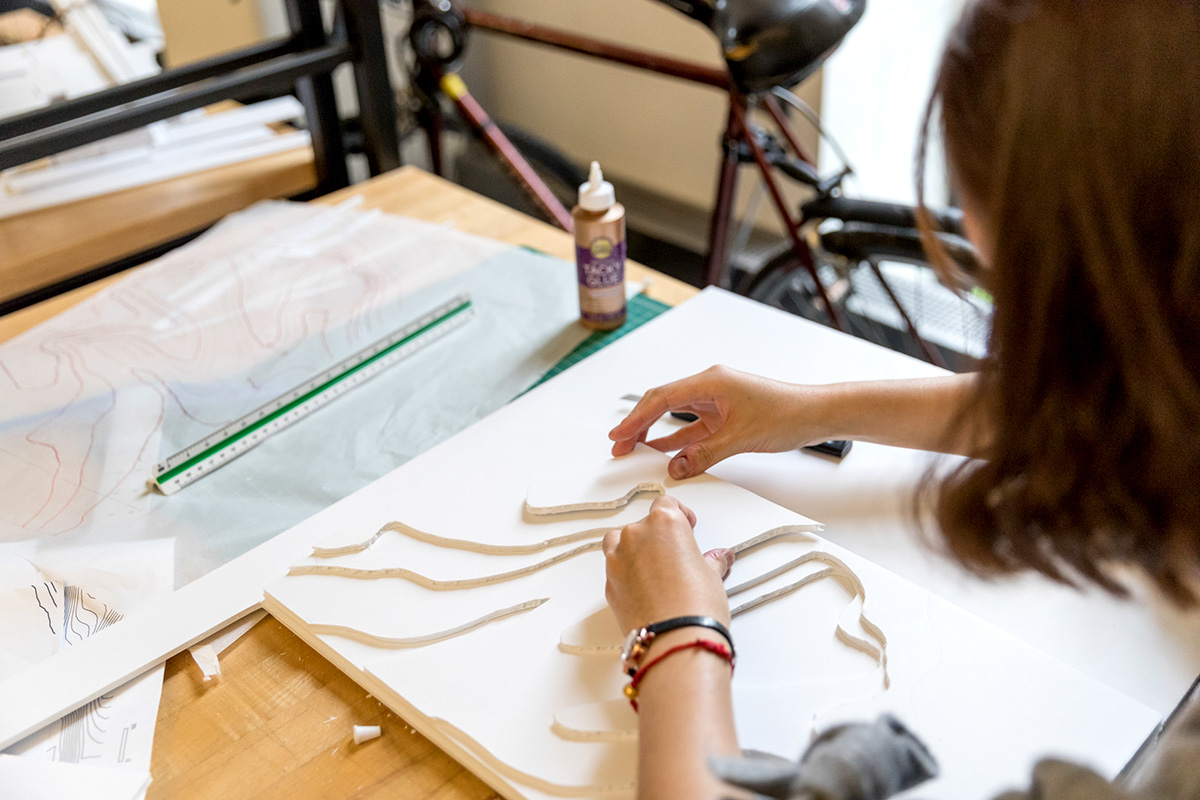
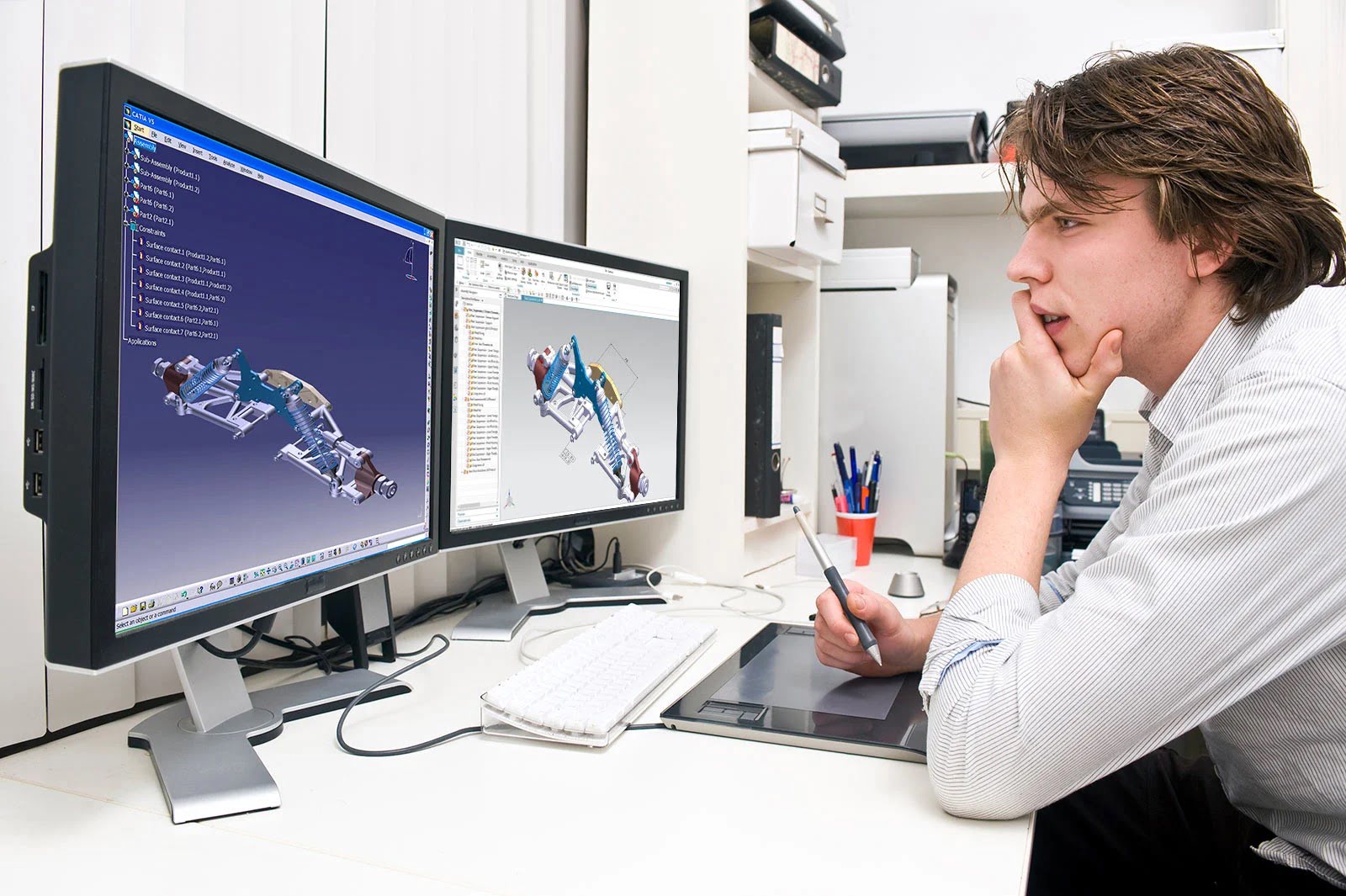
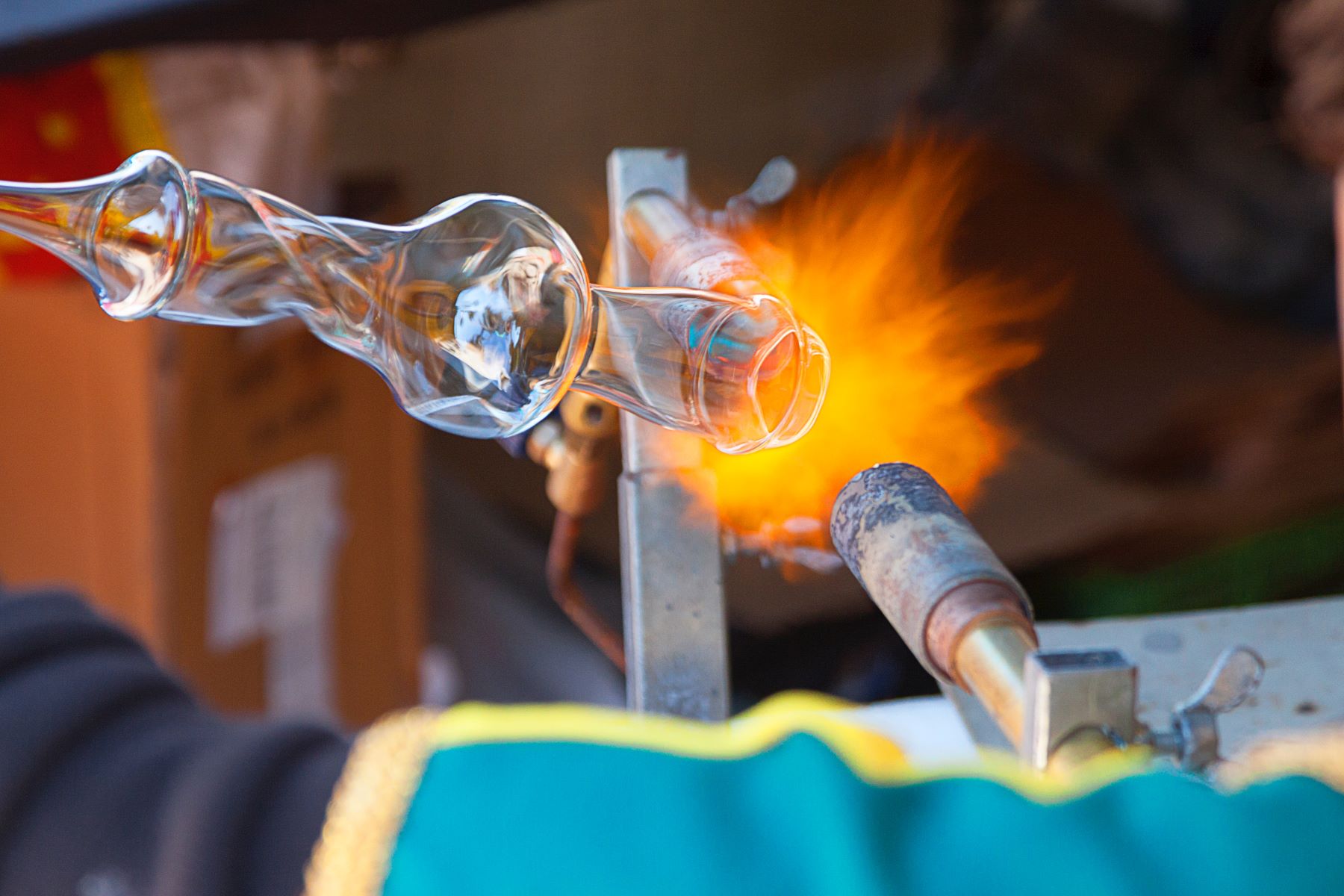
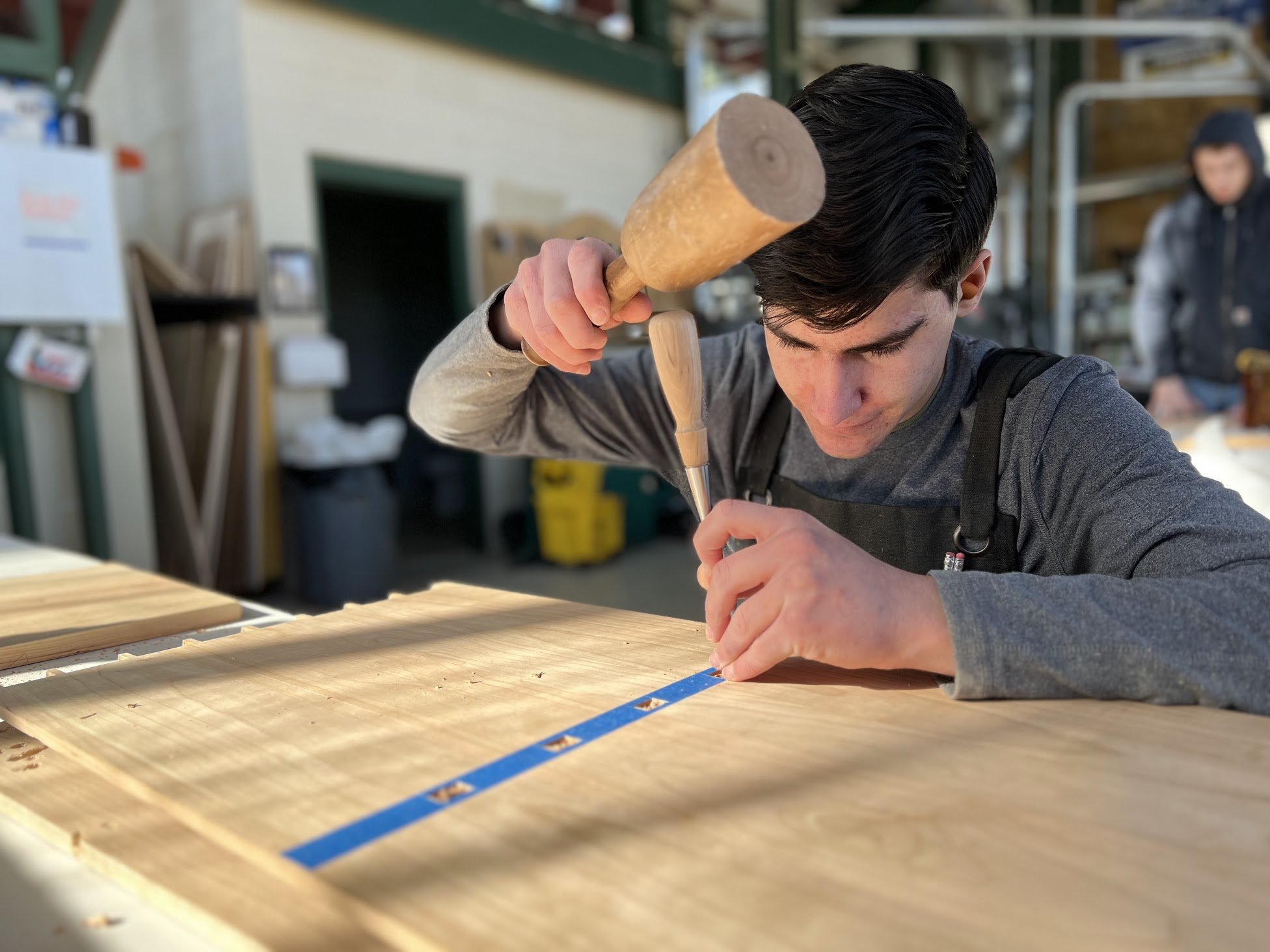
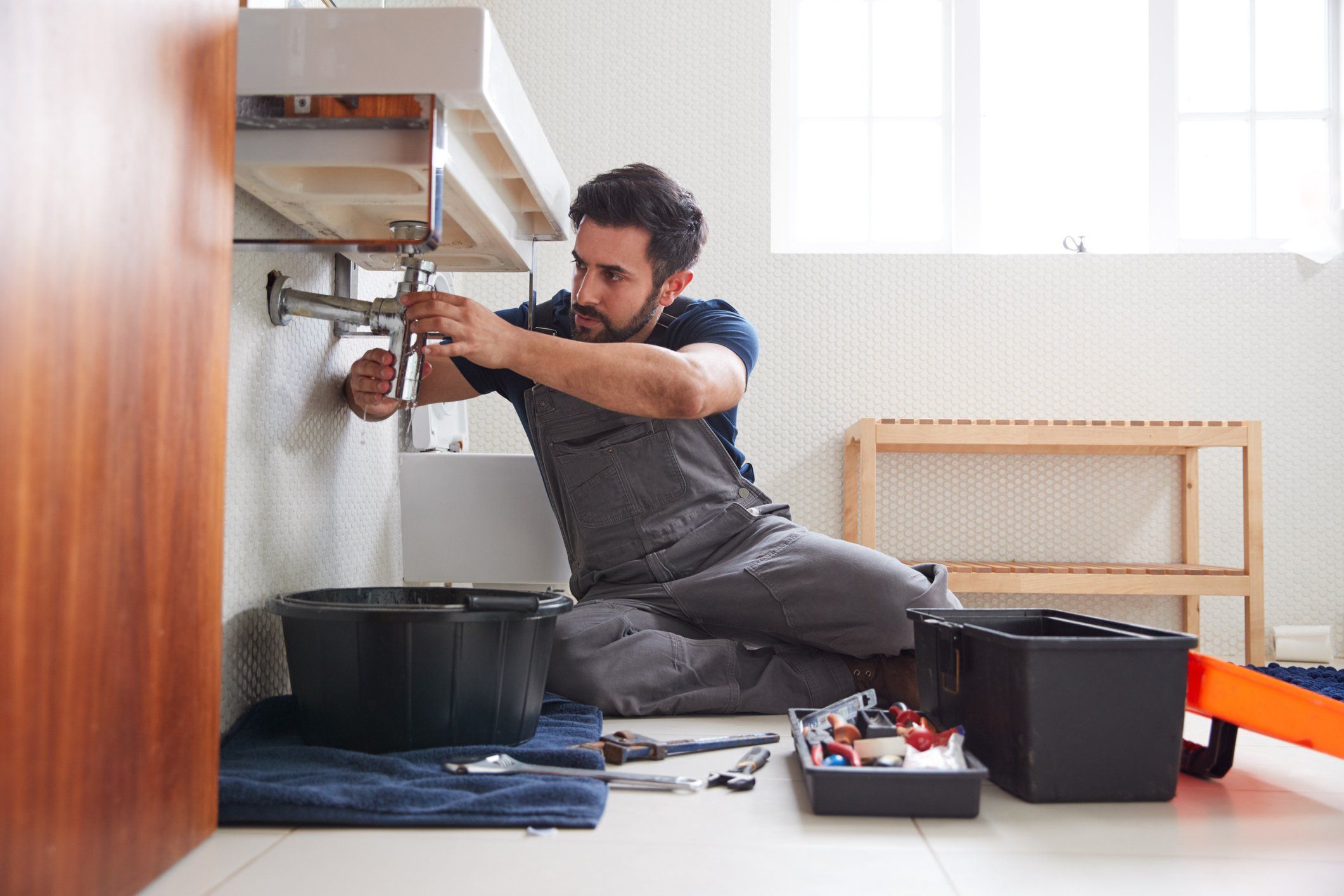
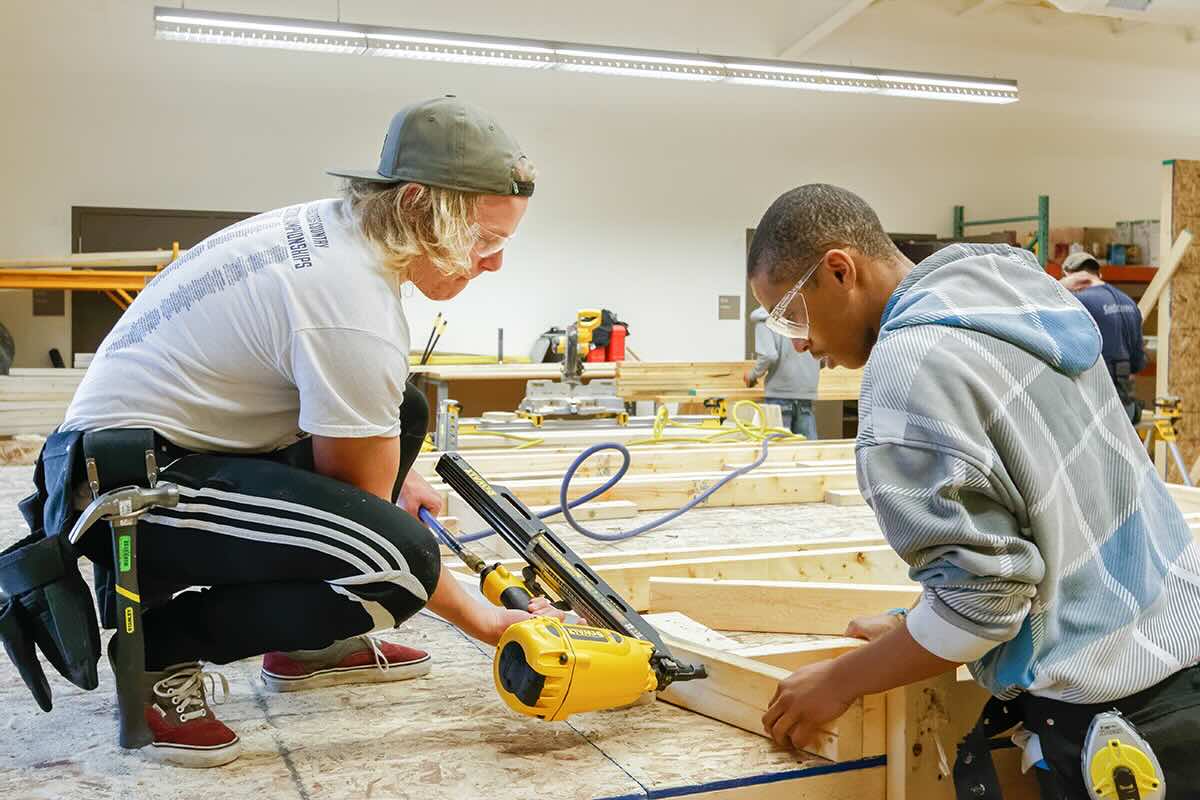
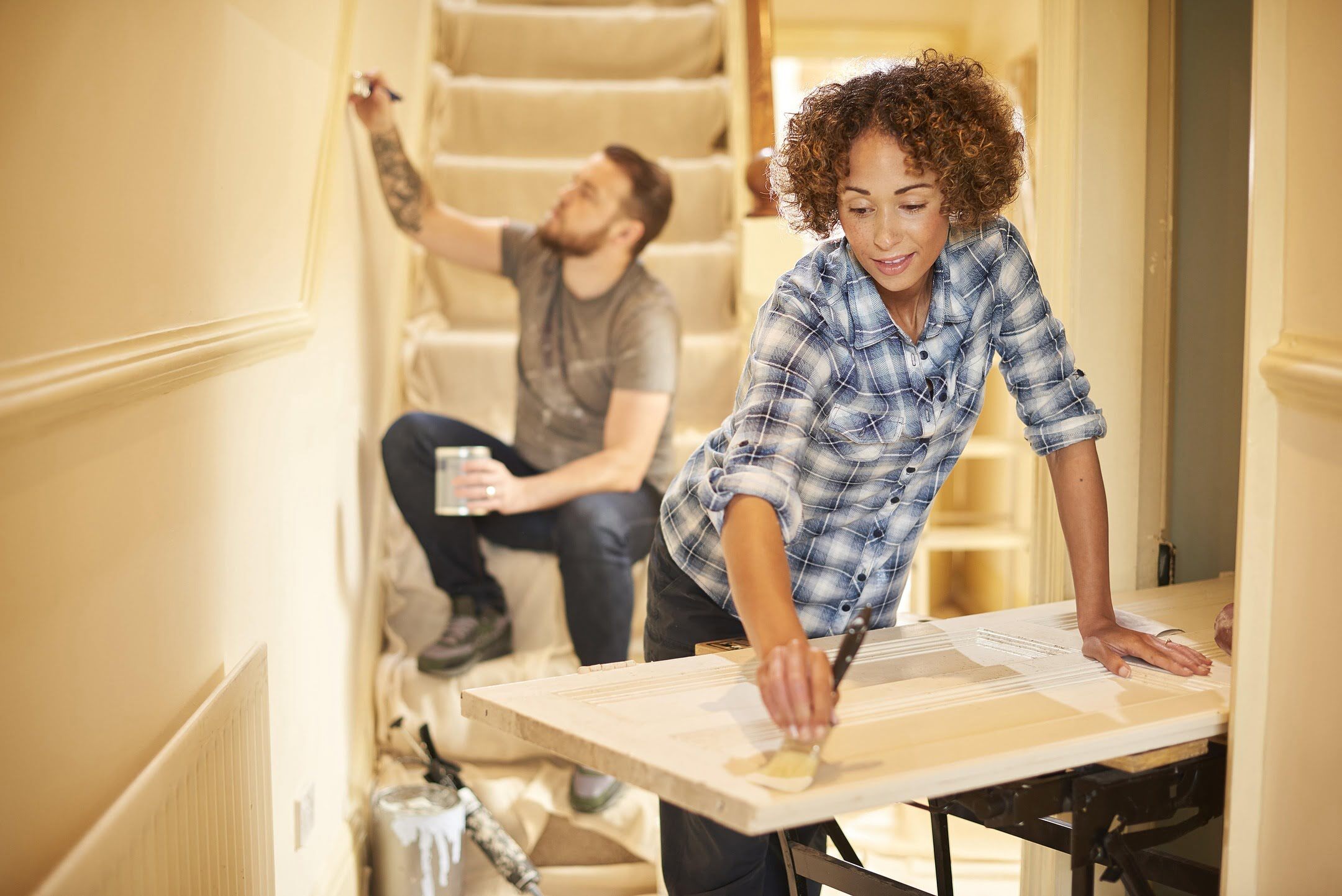
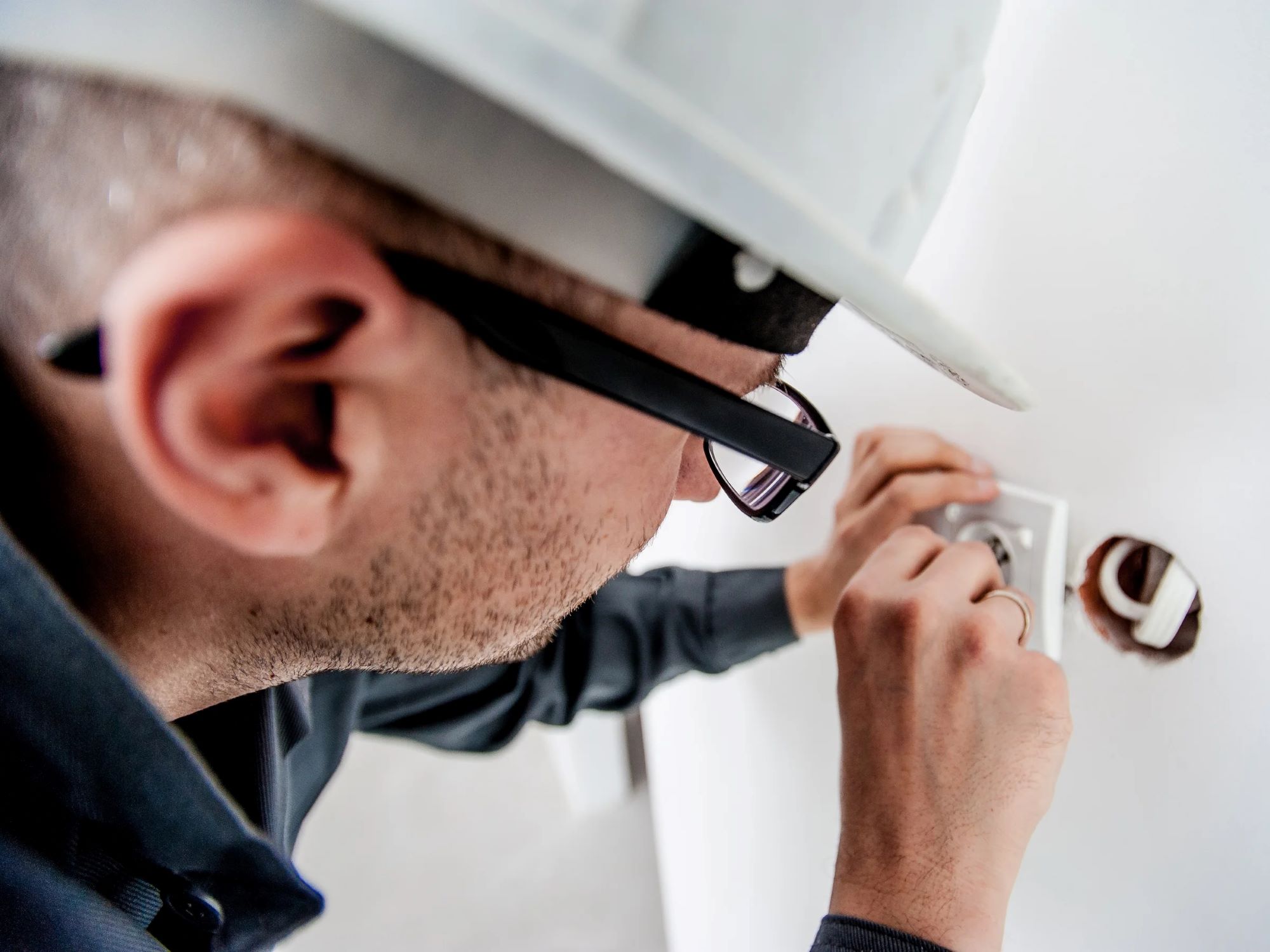

0 thoughts on “How To Learn Plumbing”